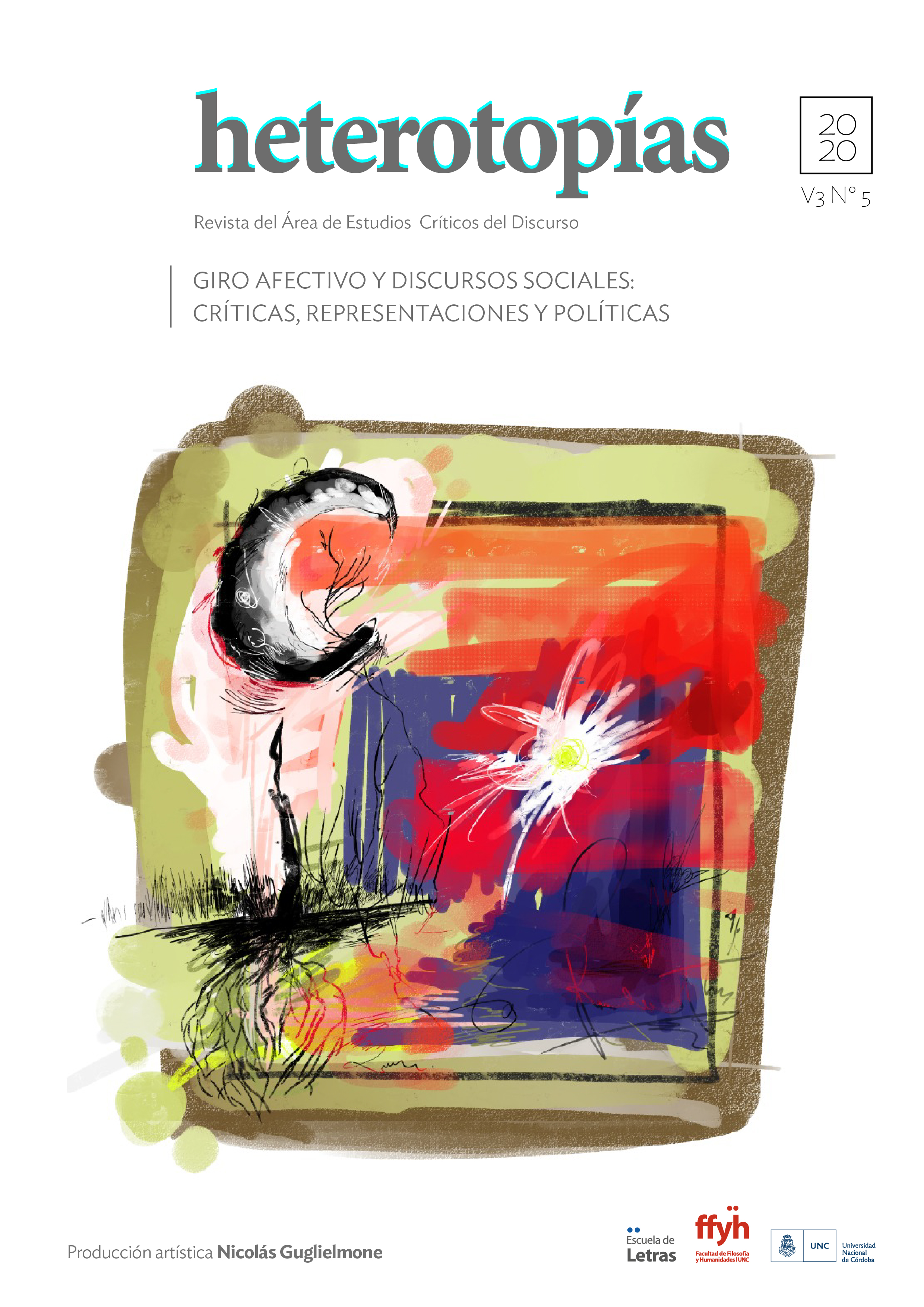Aira on the carousel
Main Article Content
Abstract
This article approaches the aesthetic proposal of César Aira's writing. For this purpose, the concept of the bricoleur artist has been constructed from the essay-poetic writing of the writer. The aforementioned concept has also been used in the heuristic design of a textual device that may allows us to read in a poetic key Aira’s inflection in the alussion to the becoming line that the Macedonio’s moment implies for the writing system of the argentine literature in 20th century. It is worth saying that in the system of proper names that genealogize the Aira’s inflection two eminent tutelary presences of the aireano system are included, we refer with this words to Marcel Duchamp and Raymond Rusell. It is since the artistic inventiveness, proposed by the modern concepts of both proper names for the general system of arts, that it is able to built the artistic becoming machine which is the aireana writing.
The Aira carousel would be a device to operate with a reading that moves and travels trough the essays texts of the aireana writing to deline more than a reader, a reading space of multiples writings.
Downloads
Article Details

This work is licensed under a Creative Commons Attribution-NonCommercial-ShareAlike 4.0 International License.
Those authors who have publications with this journal, accept the following terms: Those authors who have publications with this journal, accept the following terms:
a. The authors will keep their copyright and guarantee to the journal the right of first publication of their work, which will be simultaneously subject to the Creative Commons Attribution - Non-Commercial - Share Alike (by-nc-sa) Attribution License; no commercial use of the original work or any derivative works is allowed, the distribution of which must be done with a license equal to the one that regulates the original work.
b. Authors may adopt other non-exclusive license agreements for the distribution of the published version of the work (e.g., deposit it in an institutional telematic archive or publish it in a monographic volume) provided that the initial publication in this journal is indicated.
c. Authors are allowed and recommended to disseminate their work through the Internet (e.g. in institutional telematic archives or on their website) before and during the submission process, which may lead to interesting exchanges and increase the number of citations of the published work. (See The effect of open access).
How to Cite
References
Aira, C. (1992). La prueba. Buenos Aires: Ediciones Era.
Aira, C. (1999). Kafka, Duchamp. Revista Tigre 10. Cerhius (ilce) Grenoble. Recuperado de https://dokumen.tips/documents/aira-kafka-duchamp.html.
Aira, C. (2000). Particularidades absolutas. El Mercurio (Santiago, Chile)- oct. 29, 2000, p. E8-E9. Recuperado de http://www.bibliotecanacionaldigital.gob.cl/bnd/628/w3-article-255377.html.
Aira, C. (2001). La utilidad del arte. Revista Ramona. Buenos Aires, agosto de 2001. Recuperado de http://70.32.114.117/gsdl/collect/revista/revistas/ramona15.pdf.
Aira, C. (2017). Continuación de ideas diversas. México: Jus.
Aira, C. (2018). Raymond Roussel. La clave unificada. En Evasión y otros ensayos (pp. 63-88). Buenos Aires: Literatura Random House.
Aira, C. (s.f). Ars narrativa. Recuperado de https://es.scribd.com/document/61426724/Cesar-Aira-Ars-Narrativa-006
Barthes, R. (1987). La muerte del autor. En El susurro del lenguaje (pp. 65-71). Buenos Aires: Paidós.
Drucaroff, E. (2011). Los prisioneros de la torre. Políticas, relatos y jóvenes en la postdictadura. Buenos Aires: Emecé.
Meschonnic, H. (2007). La poética como crítica del sentido. Buenos Aires: Mármol/Izquierdo.
